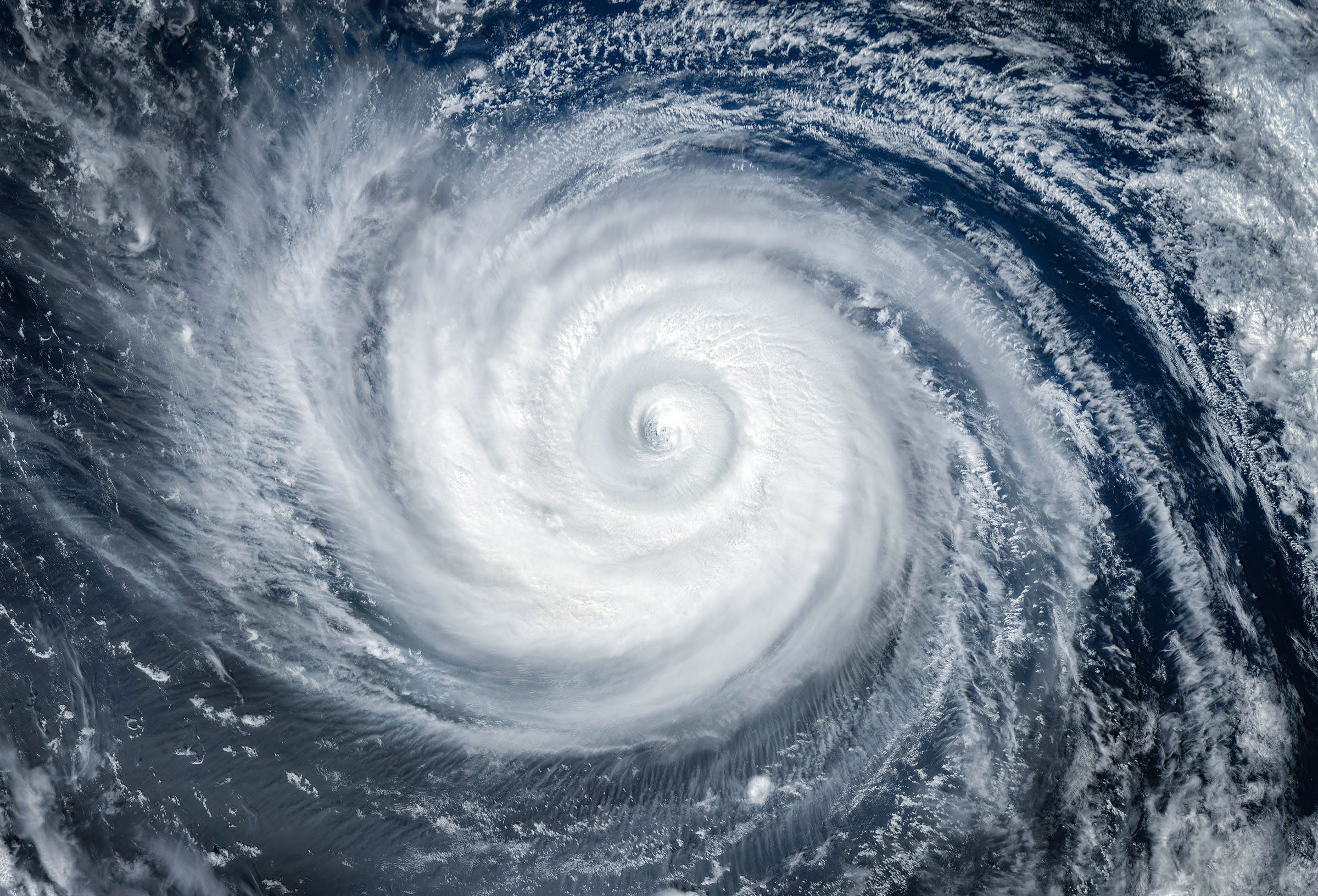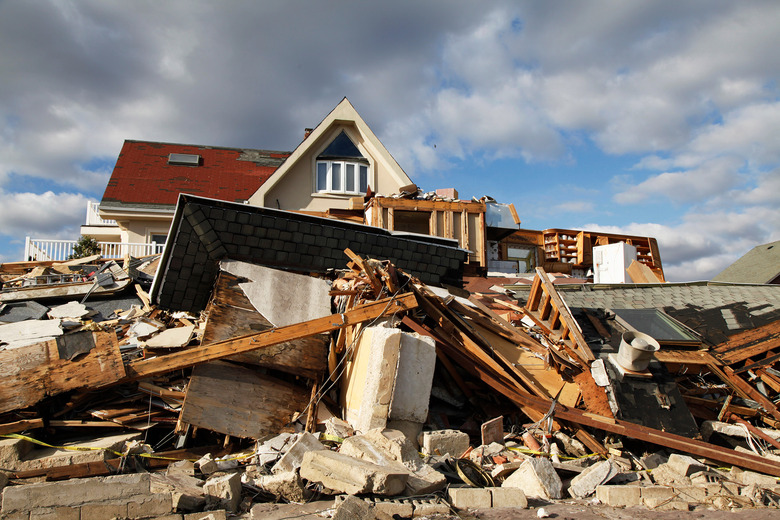See The Specially-Designed Florida Houses That Survived Category 5 Hurricanes
Hurricanes are some of the most destructive extreme weather events in the US, causing over $1.3 trillion in damage since 1980. Climate change is intensifying hurricanes, making resilient architecture crucial. And that's where domed hurricane-proof housing like "Golden Eye" comes into play.
In 2018, Hurricane Michael, a category five storm, devastated Florida's Panhandle. Amidst widespread destruction, one dome-shaped structure stood out. Known as "Golden Eye," the domed structure is owned by Margaret Clayton. It was built by Monolithic Domes in 2015 and was able to withstand 160mph winds while neighboring houses were destroyed.
Recent hurricanes like Helene and Milton have also caused significant damage in Florida, highlighting the need for hurricane-proof housing. Companies like Deltec and Monolithic Domes are focusing on rounded and domed designs to withstand extreme weather.

So far, Deltec has built 5,500 rounded homes, with only one sustaining any wind damage. Their designs distribute wind force more efficiently than traditional houses. Additionally, Deltec uses southern yellow pine and precision factory construction to help with quality control.
On the other hand, Monolithic Domes build concrete and steel structures worldwide, including hurricane-proof housing. Their construction process involves inflating a PVC-coated fabric membrane and applying layers of foam, steel reinforcement, and concrete. This helps provide a much stronger and more resilient design that can withstand major storms.
While these homes offer superior hurricane resistance and energy efficiency, some challenges remain, including difficulties in financing them. There's also the matter of potential surface damage from wind-borne debris—something nobody has found a way to stop completely—and providing ways to fix that damage reliably.
Despite these issues, interest in climate-resilient and hurricane-poor housing is growing as extreme weather events become more frequent and severe. And with climate change continuing the way it has been, it's likely those events are only going to become increasingly common. You can see the domed homes for yourself in BBC's report.
